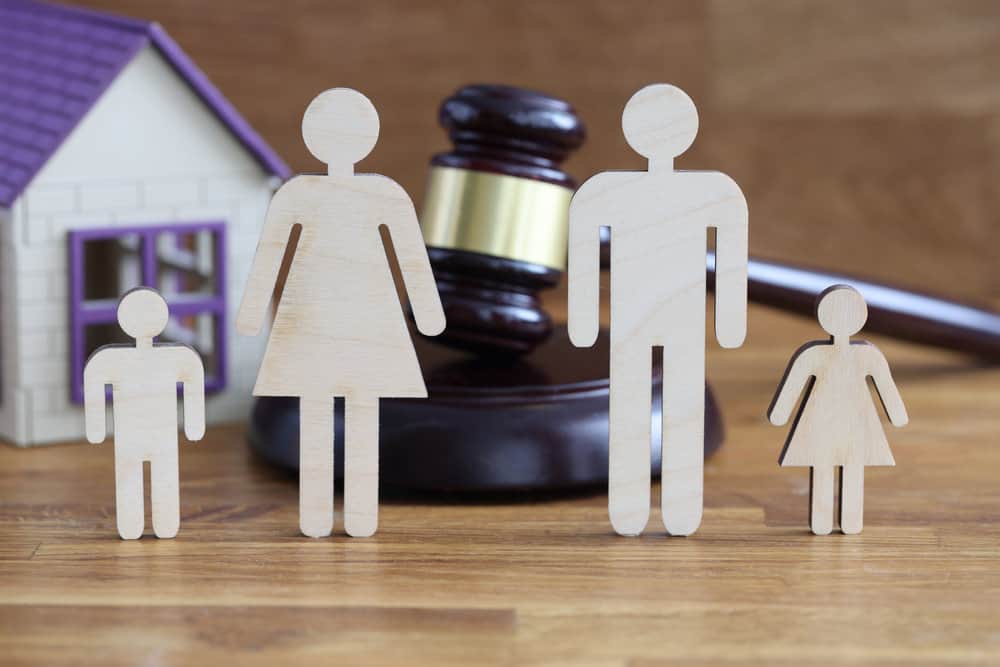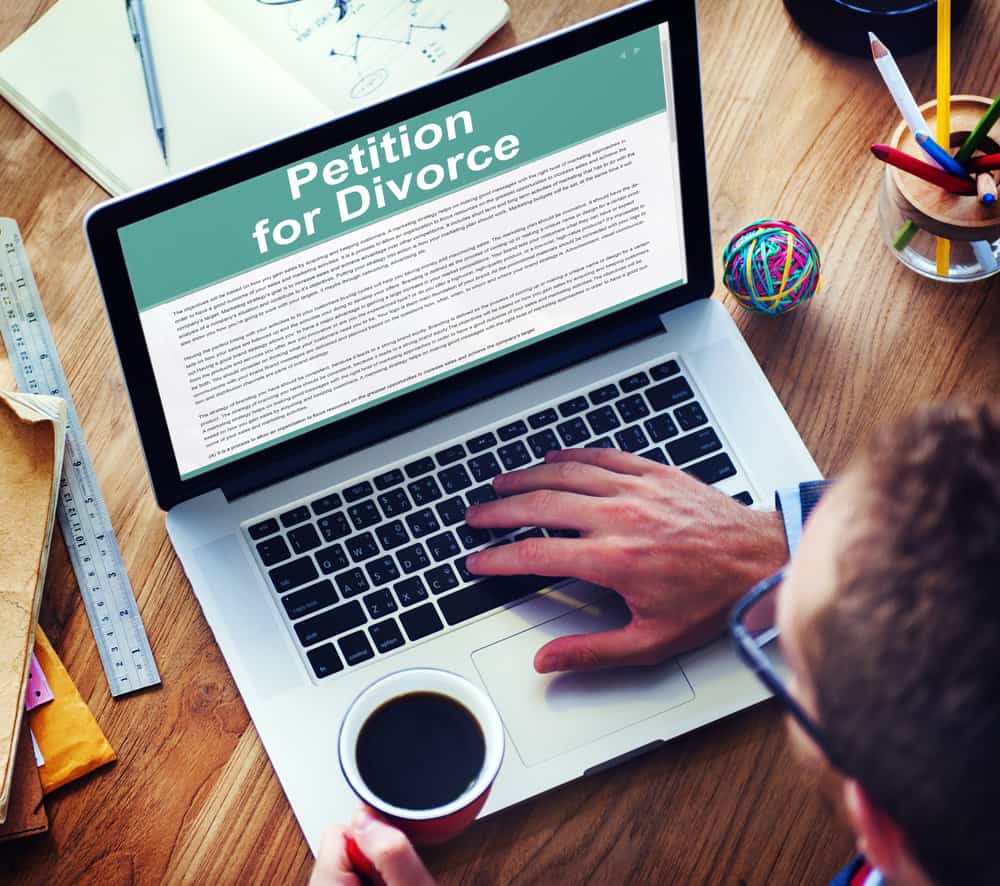Divorce records are often a topic of interest, as they contain information about the dissolution of a marriage between two individuals. These records can be useful for various purposes, such as conducting background checks, genealogy research, or even satisfying one’s curiosity. The critical question that arises is whether or not divorce records are public and easily accessible by anyone.
In most jurisdictions, divorce records are considered public documents. This means they are available for public inspection and can be obtained by individuals with a legitimate interest in the information. Typically, this can be done through the appropriate government agency, such as the county clerk’s office or the court where the divorce was granted. However, accessibility varies between jurisdictions and can depend on factors such as local regulations, the age of the record, and the specific information being sought.
Despite being public documents, the information contained in divorce records may be subject to privacy concerns and protections. Depending on the jurisdiction, certain sensitive information—such as financial details, allegations of abuse, or information about minor children—may be redacted or kept confidential. This balance between public access and personal privacy is essential when examining divorce records and their availability to the general public.
Are Divorce Records Public?
As stated above, divorce records are considered public records in most jurisdictions. This means that the general public can access and view these records. However, access to these records might vary depending on the state or country where the divorce occurred.
There are several reasons why someone might be interested in obtaining divorce records:
- Genealogical research
- Legal proceedings
- Background checks
In some cases, access to divorce records may be restricted to protect the individual’s privacy. For example, records that contain sensitive information, such as financial data or details about children, might be sealed or redacted.
One can typically visit the local courthouse or the vital records office in the jurisdiction where the divorce was granted to obtain divorce records. Some locations may also provide online access to these records through public databases or official government websites. Requesting records usually requires the following information:
- Names of the individuals involved in the divorce
- Date and location of the divorce
- Case number (if known)
It’s important to note that fees may apply when requesting divorce records, and processing times can vary depending on the specific records office. In conclusion, although divorce records are generally considered public records, accessing them may require some effort and be subject to certain restrictions depending on the jurisdiction.

Accessing Divorce Records
Online Methods
There are several ways to access divorce records through the internet. One option is to use free divorce record lookup websites. These websites typically offer search functions by entering the names of the individuals involved in the divorce and any relevant information, such as the state, county, or year of the divorce. Some websites may also have free databases containing divorce records.
Another method is to visit the official websites of the relevant government institutions that handle divorce records. This can be a state or county courthouse website. These official websites often provide access to their records database. You may need to create an account to access these records, while some may require paying for the information.
Offline Methods
Apart from online methods, divorce records can also be accessed offline. One common approach is to visit the relevant government offices or courthouses where the divorce was filed. You can request copies of the divorce records at these locations. Note that identification and possibly fees may be required to obtain these records.
Another option is to hire a professional researcher or a private investigator specializing in locating divorce records. They typically have access to various resources and tools for finding records, but their services often cost them.
In summary, online and offline, there are several ways to access divorce records. Some methods allow you to find divorce records for free, while others may involve costs. Exploring different methods to find the necessary records is essential, ensuring the approach adheres to the relevant laws and regulations.
United Kingdom Divorce Records
England and Wales
In the United Kingdom, divorce records are public and can be accessed by anyone. The HM Courts & Tribunals Service maintains divorce records in England and Wales. Divorce records from 1858 are searchable and available to the public through gov.uk.
Divorce records include information like:
- Names of both spouses
- Date of marriage
- Date of divorce
- Grounds for divorce
To obtain a copy of a divorce record, one must pay a small fee and provide some personal information. It’s important to note that only historical records can be obtained online. For records from the last 6 months, one must apply to the court where the divorce was finalized.
Scotland
In Scotland, divorce records are maintained by the National Records of Scotland (NRS). The NRS holds divorce records from 1563 to the present day. Similar to England and Wales, the records include personal information about the divorced parties and the grounds for divorce.
One can search the National Records online portal or visit the National Records office in person to access these records. Again, a fee is required to obtain a copy of a divorce record.
Northern Ireland
Northern Ireland has a different system for maintaining divorce records. Divorce records are stored at the Northern Ireland Courts and Tribunals Service (NICTS), and they keep records dating back from 1995. For records before 1995, one must visit the Public Record Office of Northern Ireland (PRONI).
To obtain a copy of a divorce record in Northern Ireland, a request must be made directly to the NICTS or PRONI, depending on the date of the divorce. The requester may have to pay a fee and provide the necessary information to receive the record.
Government and Court Involvement
Divorce records are generally considered public information, and they are accessible through various entities within the government and judicial systems. One of the primary institutions involved in managing and disseminating divorce records is the county court. This is where divorces are filed and records are maintained locally. The Royal Courts of Justice may also be involved in specific divorces, particularly those with complex legal issues or appeals.
Another point of access for divorce records is the National Archives, which stores and manages historical records, including divorce case files. These case files may contain important documents, such as court petitions or decrees, and can provide valuable insights into past cases. The case files are often searchable by both parties involved in the divorce and the relevant court or case number.
In summary, divorce records are public and can be accessed through various government and court entities such as:
- County courts
- Royal Courts of Justice
- National Archives
It is important to note that access to specific divorce records may be subject to certain privacy restrictions or formal requirements. However, as a general rule, these records are available to the public and can be requested and reviewed for various purposes.
Information Contained in Divorce Records
Divorce records provide essential information regarding the dissolution of a marriage. When a couple obtains a divorce, the court generates a public document that summarizes the legal proceedings.
The primary components of a divorce record include the names of the petitioner and respondent, the date of the divorce decree, and the court where the divorce took place. Divorce records also mention the location of the marriage, which might comprise the city, county, or even country where the couple wed.
Moreover, these records often contain copies of marriage and birth certificates. The marriage certificate verifies the union’s legitimacy, while birth certificates establish the identities of any children born during the marriage.
Other relevant information found in divorce records might consist of:
- The grounds for divorce
- Division of assets and debts
- Child custody arrangements
- Alimony and child support payments
- Legal documents pertinent to the case
It is crucial to note that the level of detail in divorce records may vary depending on the jurisdiction and the specific court that processed the case.
In summary, divorce records are a valuable source of information for individuals seeking insight into the legal dissolution of a marriage. They serve as a transparent account of the divorce proceedings and encompass pertinent details such as the court, date, decree, petitioner, respondent, and supplementary documentation related to the case.
Using Divorce Records in Research
Divorce records serve as valuable sources of information when researching an individual’s life, family history, or even broader trends in marriage and divorce rates. These records may contain data on important events, financial matters, and relationships, making them useful for personal and academic inquiries.
One purpose of reviewing divorce records is to verify the facts and circumstances surrounding a divorce. This information can include the names of the individuals involved, marriage and separation dates, children, and the reason for the divorce. These records can provide insight into behavior patterns, cultural norms, and social attitudes during a particular time.
Another way to utilize divorce records is to trace genealogy and family history. By examining the data in these records, researchers can identify marital patterns, connections between families, and lineage. Divorce records can be especially helpful in cases where an ancestor’s name has changed due to marriage or divorce, making it difficult to locate them through other methods.
Divorce records can also serve as a useful source of evidence in legal settings. For example, divorce records may provide:
- Evidence of property division
- Information about child custody arrangements
- Proof of settlement agreements
- Details on spousal support or alimony payments
These details can be helpful if a party needs to enforce a court order or prove a future violation of the divorce terms.
Overall, utilizing divorce records in research can provide insights into an individual’s life or shed light on broader trends and historical patterns. By carefully examining these records and cross-referencing the information with other sources, researchers can gain a more comprehensive understanding of the subjects of their inquiry.

FAQs
Are divorce records public?
Yes, divorce records are generally public documents, which means they are accessible to anyone who seeks them. However, some states may restrict specific details or require a reason for requesting the records.
How do I obtain a divorce record?
To obtain a divorce record, you can:
- Visit the county clerk’s office where the divorce was filed
- Search through online public records databases
- Contact a third-party provider that specializes in record retrieval
Is there a fee to obtain divorce records?
Yes, most government agencies and third-party providers charge a fee to obtain divorce records. The cost may vary depending on the method used and the jurisdiction.
What information can be found in a divorce record?
Typical information found in a divorce record includes:
- Names of both parties involved
- Date and place of the divorce filing
- Grounds for the divorce
- Custody arrangements (if applicable)
- Property and asset division
- Alimony and child support arrangements
Can I access my own divorce records?
Yes, you can access your divorce records as a party involved in the divorce. To do so, you can follow the earlier steps to obtain a divorce record.
How can I keep my divorce records private?
In some cases, it’s possible to have divorce records sealed by the court, which removes them from public accessibility. To have your divorce records sealed, you must petition the court and provide a valid reason, such as protecting sensitive personal information or ensuring the safety of those involved. The court will evaluate the request and decide whether or not to grant it based on the circumstances.



